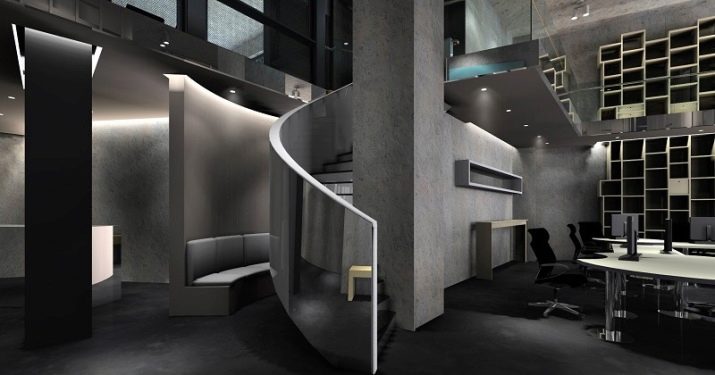Psychology of gray: what does it mean and what does it signal?
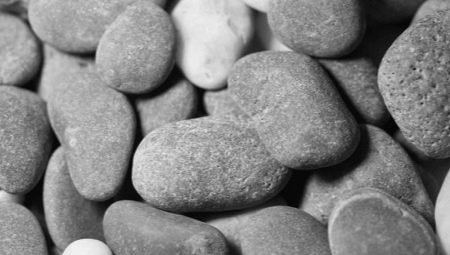
The world around us is a huge palette of various shades. And we literally have the opportunity to observe their change every minute. Psychologists and other specialists have long been studying the question of the influence of flowers on the emotional, psychological, as well as physical condition and well-being of a person. And the fact that such an influence exists is no longer in doubt at the moment. The article will focus on the color gray and its meaning in psychology.
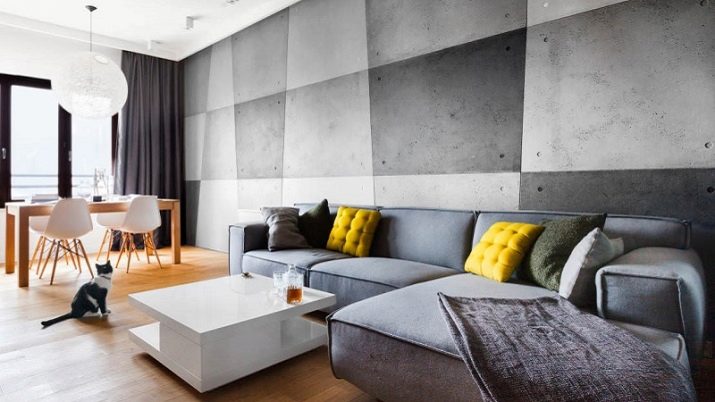
What does it mean?
This color belongs to calm shades. It is obtained after mixing black and white - two opposite colors in our perception. The shades of gray are underestimated due to their lack of brightness. It is not often that you come across a person who truly loves gray tones. However, those to whom the color is very unpleasant are also very few. The gray scale usually does not cause negative arousal or irritation.
Most often, color is associated with indifference, boredom, apathy, monotony. This is the color of a rainy, gloomy day. The darker the shade of gray, the more depressing associations it can evoke. Also, gray is associated with some neutrality, mediocrity. Often people use the well-established phrase "gray mouse", characterizing with its help uninteresting, dull personalities who have merged with the crowd.
In ancient times, shades of gray in clothing were a sign of commoners and beggars. But in Medieval Europe, on the contrary, color was very revered in the highest circles. Wearing it was considered a sign of nobility, titled persons from high society wore it.
Esoteric teaching associates gray with the god Saturn, the patron saint of time. Therefore, the colors of this range are associated with aging and wilting. When most plants dry out, they lose their natural bright color and acquire gloomy and dark gray shades.
But, besides this, the connection of gray with the color of gray hair also associates it with life experience, sedateness, wisdom.
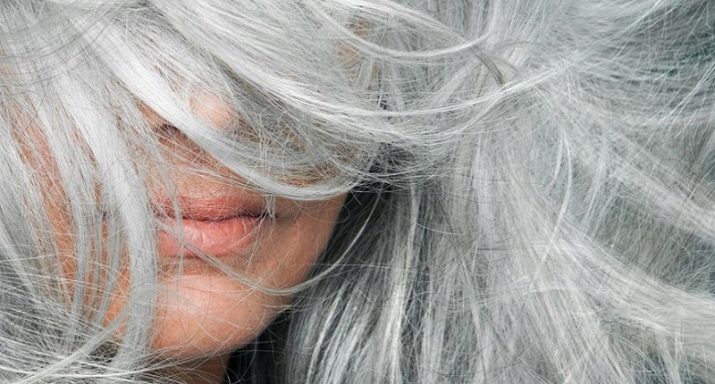
The psychology of color is such that light shades of gray have a calming effect on the nervous system and psyche. They contribute to the ordering of thoughts, relaxation, and can accelerate the onset of natural sleep. But the dark gray color, especially its too large amount, evokes gloomy thoughts, exacerbates oppression, apathy and depression.
Positive color value:
- reconciliation;
- Justice;
- calmness;
- wisdom;
- neutrality.
Negative associations:
- boredom;
- sadness;
- withering;
- loneliness;
- indifference.
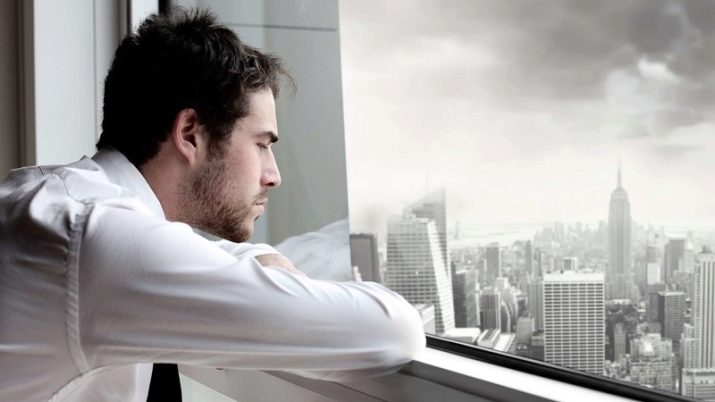
How does personality characterize?
Despite its inconspicuousness and lack of flashy brightness, you can meet people who really like gray.
Psychologists believe that those with a favorite color of gray have a rather strong desire to calm down.... They may be introverted or simply want to isolate themselves from external stimuli during the current period due to any shocks and troubles in life.
Often, sympathy for shades of gray speaks of chronic fatigue, both physical and psychological. The person may have been experiencing stress for a long time due to stress, anxiety, or other negative factors. Therefore, subconsciously trying to defend himself, he seeks solitude by avoiding contact with a large number of people. Often, such a person's communication is minimized, and the circle of acquaintances is extremely small.
The characteristic of a lover of the gray scale can be supplemented by a tendency to serious and long thinking.... This person avoids any risks, is not impulsive. If he is faced with a situation in which it is necessary to make a choice, he is often lost and hesitates with a final decision. Trying to predict the result in advance, such a person carefully and for a long time scrolls in his head all the possible scenarios for the development of events. Undoubtedly, in some situations this feature can be very helpful.
But more often it only leads to missed chances and opportunities.

The advantages of those who sympathize with the shades of gray include well-developed logic. Those who choose gray are quite inquisitive, they take pleasure in understanding new fields of activity, mastering versatile skills. Perseverance, a well-developed ability to concentrate, hard work and patience help them in this.
Often, those who are very fond of the gray scale become excellent theoretical scientists, excellent specialists in their chosen field of activity. Despite a more pronounced inclination towards sciences, they may well be realized in creativity.
The only thing that often becomes an obstacle to success is the indecision and avoidance of publicity inherent in such people. Often, those who prefer gray tones find it difficult to climb the career ladder, as they cannot bring themselves to establish broad contacts in the professional field. And ambition and modesty make the talents and successes of such people even less noticeable to others.
Love for gray indicates the presence in the character of such traits as prudence, restraint, distrust, tendency to loneliness. The latter is compensated by the wealth of the inner world, the ability to work on one's own shortcomings. Lovers of gray shades, oddly enough, very rarely fall into a serious deep depression.
In difficult situations, they are able to carry themselves away with an interesting thing, and, being alone with themselves, distract themselves from problems and troubles that worry them.

Does it affect health?
Specialists in the field of medicine and psychology have proven that colors of various scales can affect both physical well-being and emotional and psychological state. Moreover, it is no secret that these two areas are closely related. Emotions can heal or, on the contrary, weaken the body and organs. And physical well-being helps to cope with stress and strengthens the defense against negative emotional factors.
Shades of gray have a fairly pronounced inhibitory effect on physiological processes. The ability of color to quickly relieve excessive nervous tension makes it possible to use it in color therapy. It mainly has a positive therapeutic effect on disorders of the nervous system. Also, this shade can have a positive effect on sleep. Meditation surrounded by light gray tones is very helpful for insomnia and excessive anxiety.
Contemplating hue combined with meditative music helps regulate blood pressure. Regularly carrying out the procedure over time can completely relieve a person of hypertension. To bring all vital metabolic processes back to normal, it is recommended to meditate on color during inflammatory processes, exacerbation of chronic diseases and at high temperatures. It is believed that the gray scale helps the body fight infection by activating its defenses.
It should be noted that for therapeutic purposes, light shades of gray should be used. Dark tones have a very different effect. Their excess leads to depression, depression and, in general, negatively affects the psyche.
Instead of calming and relaxing in this case, the person is likely to receive only worsening depression or subconscious anxiety.
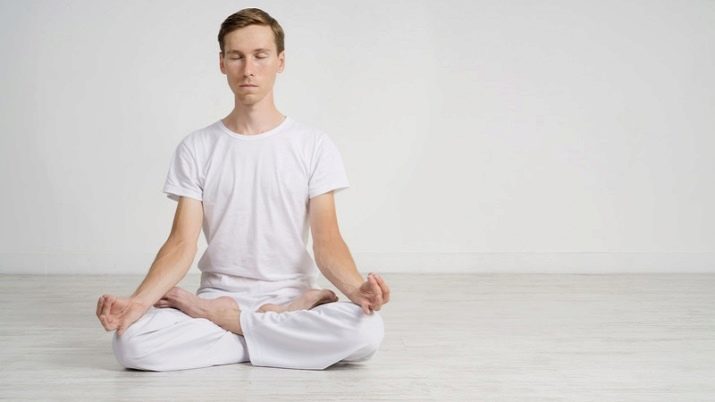
What does clothing symbolize?
The color is considered to be quite versatile, like white and black. It is often included in the business image. The gray scale looks strict, not defiant. And the ability of this color to increase concentration and concentration is just the way to business meetings and negotiations. The color does not distract from the work or study process.
Unlike black, gray shades do not evoke mourning associations and are not so "old". In addition, the light gray range fits much more organically into the wardrobe of the warm season.
The well-established expression "gray mouse" discourages some people from choosing gray details for their wardrobe. On the other hand, gray clothing makes shy people more confident. With skillful use, color is able to emphasize individuality and organically complete the image.
The choice of clothes with a predominance of gray shades often speaks of coldness in relation to others and an emphasized desire to fence off. Quite often, very successful and arrogant women prefer the color. Shades of gray go well with white, black and purple.
It is recommended to include details of gray shades in your image for those who are prone to irascibility. Color will strengthen composure and help avoid frequent emotional breakdowns.
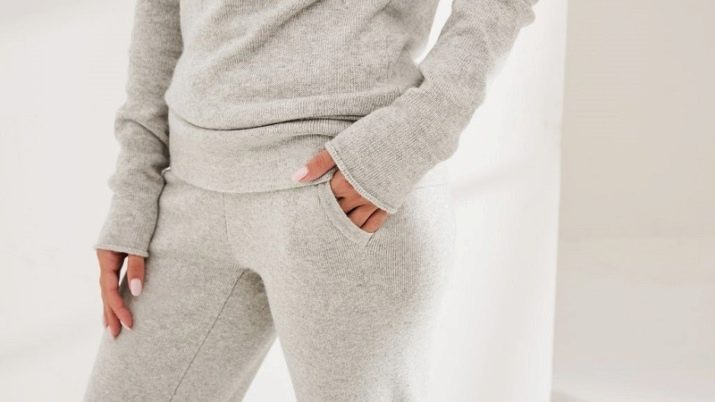
Significance in the interior
Grayish shades are chosen for the design of business premises: offices, meeting rooms, conference rooms. This is due to the restraint of color, the absence of distracting and annoying effects. Tones of this color range, especially light ones, help to focus and stimulate thought processes. Due to the calming effect of this color, it is often chosen for the design of corridors and offices in medical institutions.
This color is also used quite often in apartments and houses. Recently, high-tech style has become popular. It is based on gray tones with a metallic sheen. In the high-tech style, you can decorate an office, living room, kitchen. When used in the dining room, gray will help regulate appetite, soothe outbreaks of hunger. Therefore, it can be recommended for those who adhere to a healthy lifestyle, monitor weight and avoid overeating.
In the children's room, on the contrary, it is worth avoiding the predominance of gray shades, especially dark ones. It is better to use color only as complementary details.
For the most part, people who strive for constancy and stability tend to choose gray shades in interior design. It is suitable for those whose activities are related to intellectual work and require balance, a calm emotional state and deep thoughtfulness. Shades of gray go very well with white and black furniture. The gray-painted walls visually enlarge the space of the room.
It is not recommended to use dark shades of color in the home interior. In this case, the room will look somewhat gloomy. Instead of expanding the space, you can get the opposite effect, a feeling of "pressure" from the walls.
